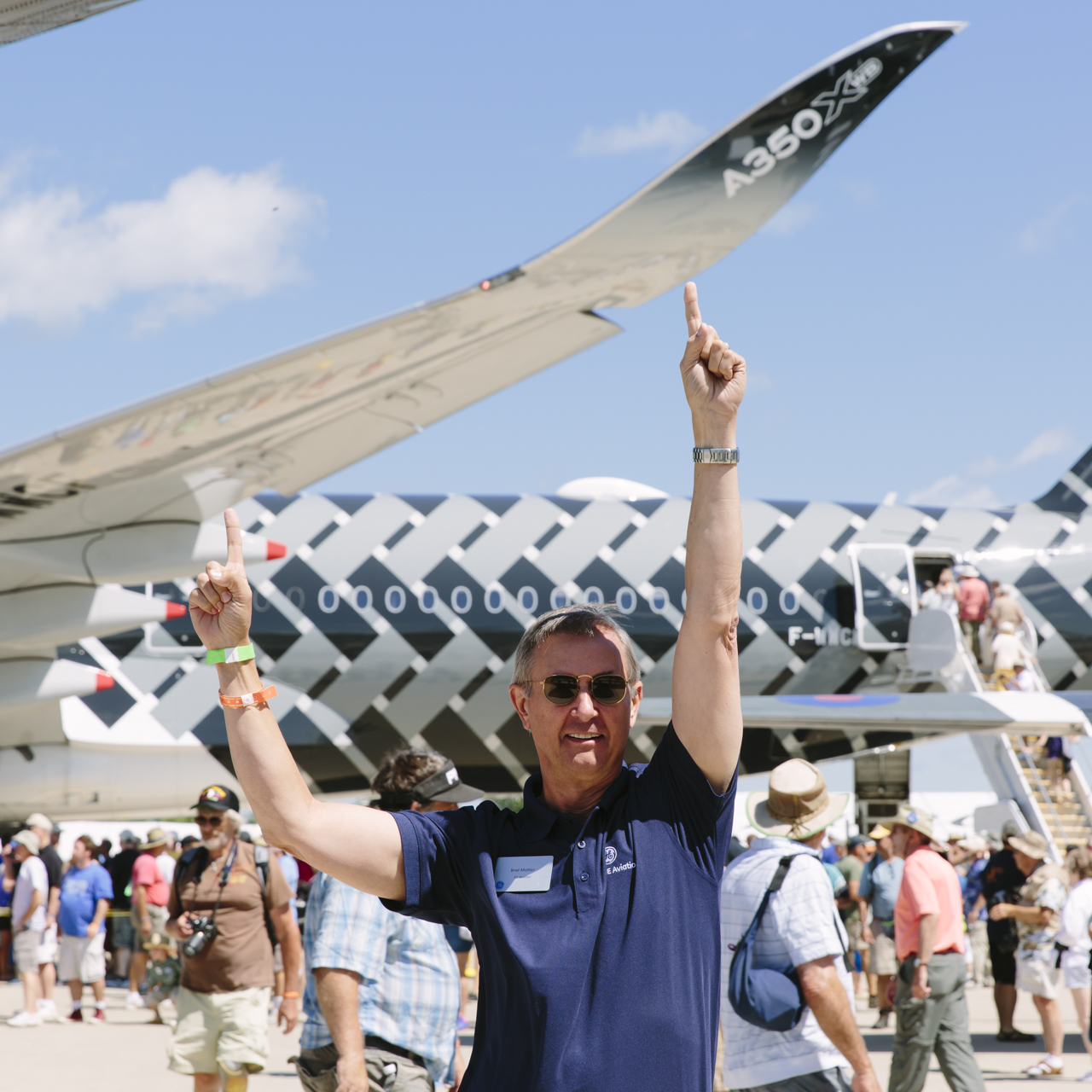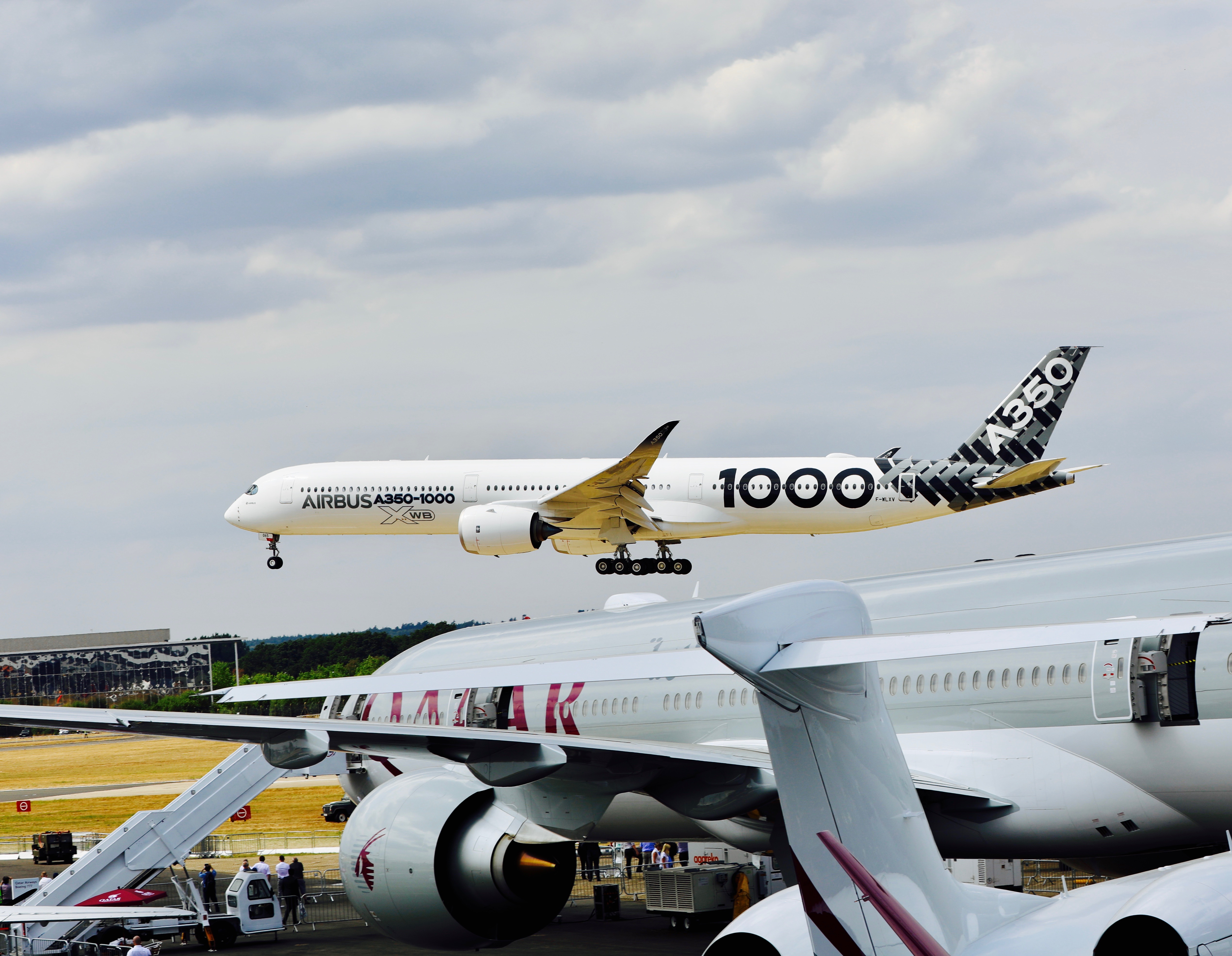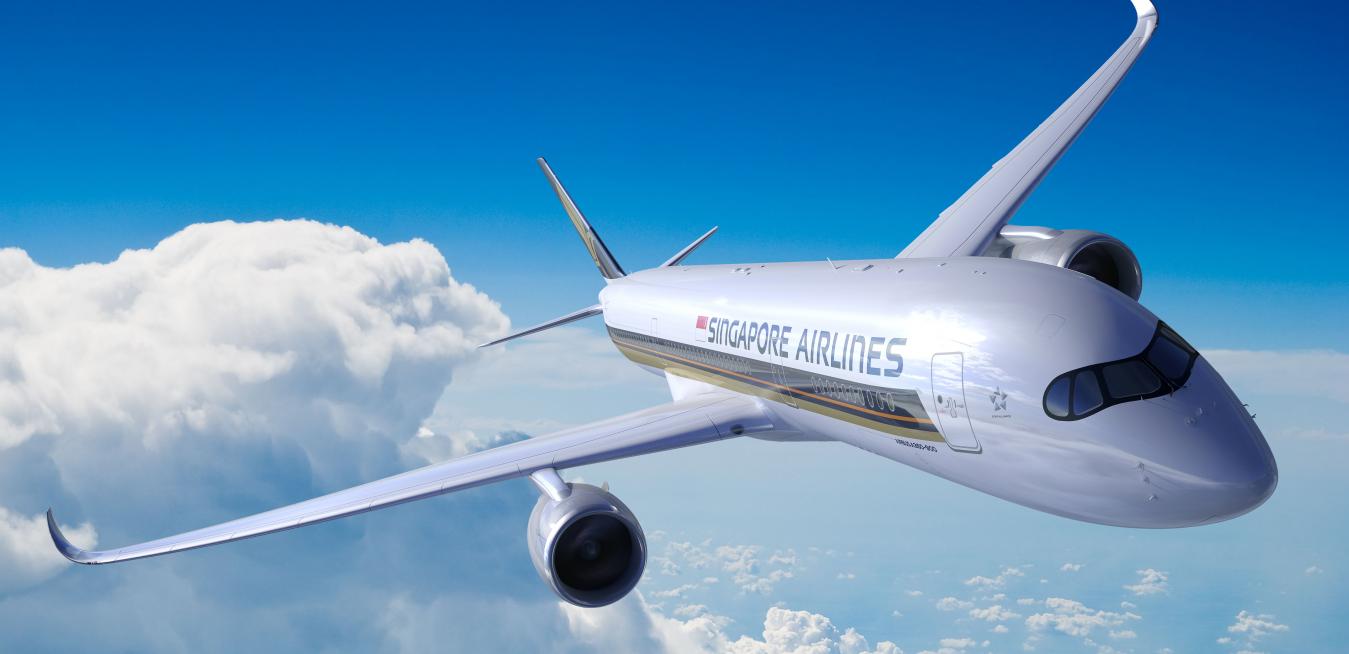“I didn’t realize it was the first flight when I booked it,” says Brian Selby, managing director of licensing at GE, who had a seat in the back of the plane. “I loved missing the usual Frankfurt layovers.” Selby is a veteran of the Singapore to New York route. Singapore Airlines used to fly a four-engine A340-500 jet directly to the Big Apple, but the airline discontinued the non-stop flight in 2013. “It was super convenient, but that plane was not as nice as this one,” Selby says. “The new jet is definitely quieter and has more room. It’s more comfortable.” It also has only two engines, which helps lower the fuel bill.
The plane, the ultra-long-range version of Airbus A350-900, can travel up to 9,700 nautical miles, or 11,162 miles, “further than any other aircraft in commercial service,” according to Airbus. The plane-maker says that the jet is capable of flying over 20 hours nonstop.
The plane can seat 161 passengers, 67 in business class and 94 in premium economy, according to website SeatGuru — half as many people as in a typical configuration that includes economy seats. SeatGuru says the jet “has a modified fuel system that increases the fuel capacity by 24,000 liters, without requiring additional tanks.”
 Top image: A Singapore Airlines Airbus A350 completed the world’s longest flight on October 12 by covering 10,291 miles between Singapore and Newark, New Jersey, in 17 hours and 52 minutes. Image credit: Singapore Airlines. Above: Brad Mottier runs GE Aviation’s General Aviation business, which makes the composite wing trailing edge for the Airbus A350. Image credits: Adam Senatori/GE Reports
Top image: A Singapore Airlines Airbus A350 completed the world’s longest flight on October 12 by covering 10,291 miles between Singapore and Newark, New Jersey, in 17 hours and 52 minutes. Image credit: Singapore Airlines. Above: Brad Mottier runs GE Aviation’s General Aviation business, which makes the composite wing trailing edge for the Airbus A350. Image credits: Adam Senatori/GE ReportsThe A350, which entered service in 2015, is the newest wide-body jet from Airbus. Tough and lightweight materials called carbon fiber composites make up more than half of the plane’s body and skin, including parts of the wings supplied by GE Aviation. “GE’s contribution to the structure of the A350 XWB plays a major role in the efficiency of the A350 wing fixed trailing edge,” Mike Bausor, Airbus marketing director for the A350 XWB plane, told GE Reports. “The [fixed trailing edge] is an integral part of the wing structure. Built predominantly from composite material, it is one of the most complex, highly loaded parts of the wing that requires utmost precision and mastery in the assembly process, as well as in the design and stress calculation.”
The wingspan of the plane is 64 meters, more than half the length of a football field. The GE parts are made from more than 3,000 components that include structural composite panels and complex machined assemblies. GE Aviation makes the composite parts at its factory in Hamble-le-Rice, near Southampton, U.K.
This is not the only super-long-distance flight using GE technology. In March, a 236-seat Boeing 787-9 Dreamliner jet operated by Qantas and powered by GE engines flew nonstop between Australia and London for the first time. The plane covered the 9,000-mile distance in 17 hours and 20 minutes.
 Airbus brought the latest version of the A350 jet, the A350-1000, to the 2018 Farnborough Airshow. Image credit: Tomas Kellner for GE Reports.
Airbus brought the latest version of the A350 jet, the A350-1000, to the 2018 Farnborough Airshow. Image credit: Tomas Kellner for GE Reports.




